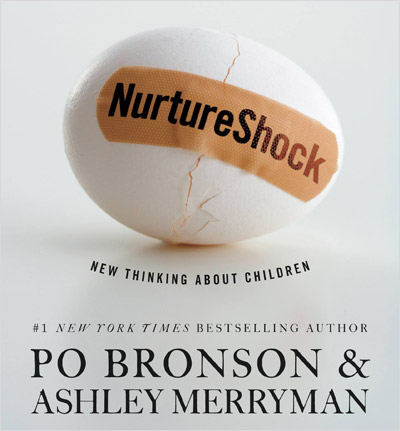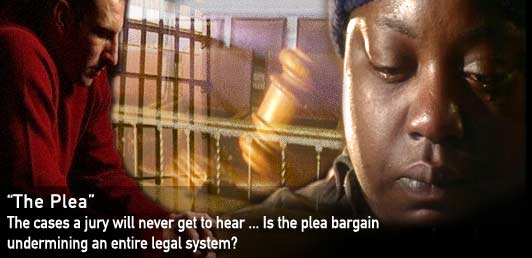A couple of months back I shared directions for a project that gave students the opportunity to create a video, website, or anything really that raised awareness of bullying & homophobia in their community (You can read it here).
I am delighted to tell you that the projects were a smashing success. Not very many of my ~200 students took the option, but the few that did delivered outstanding results. One of the best student submissions came from my student Sarah Farmer (who graciously gave me permission to share her project and name with you here).
Sarah interviewed people in her community who were touched by violence and homophobia. One of the films most shocking moments is the discussion with Adam, who lost his front teeth after a racially tinged assault. But the films most poignant moment was when we meet John a gay man who discusses the pain of his family’s reaction to his coming out, conversion therapy, and ultimately being given up for adoption by his parents because of his sexuality.
When I showed this film in class everyone was blown away. I am so proud of Sarah’s work and so honored that the men and women in the film were willing to share their experiences. I feel that films and projects like this can transform a sociology class into a platform for opening channels for dialogue and creating social change.




